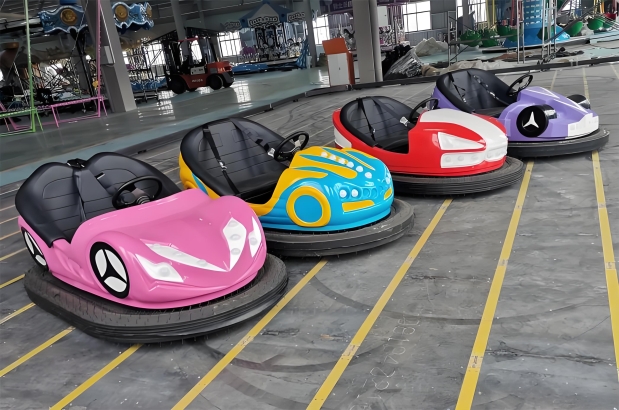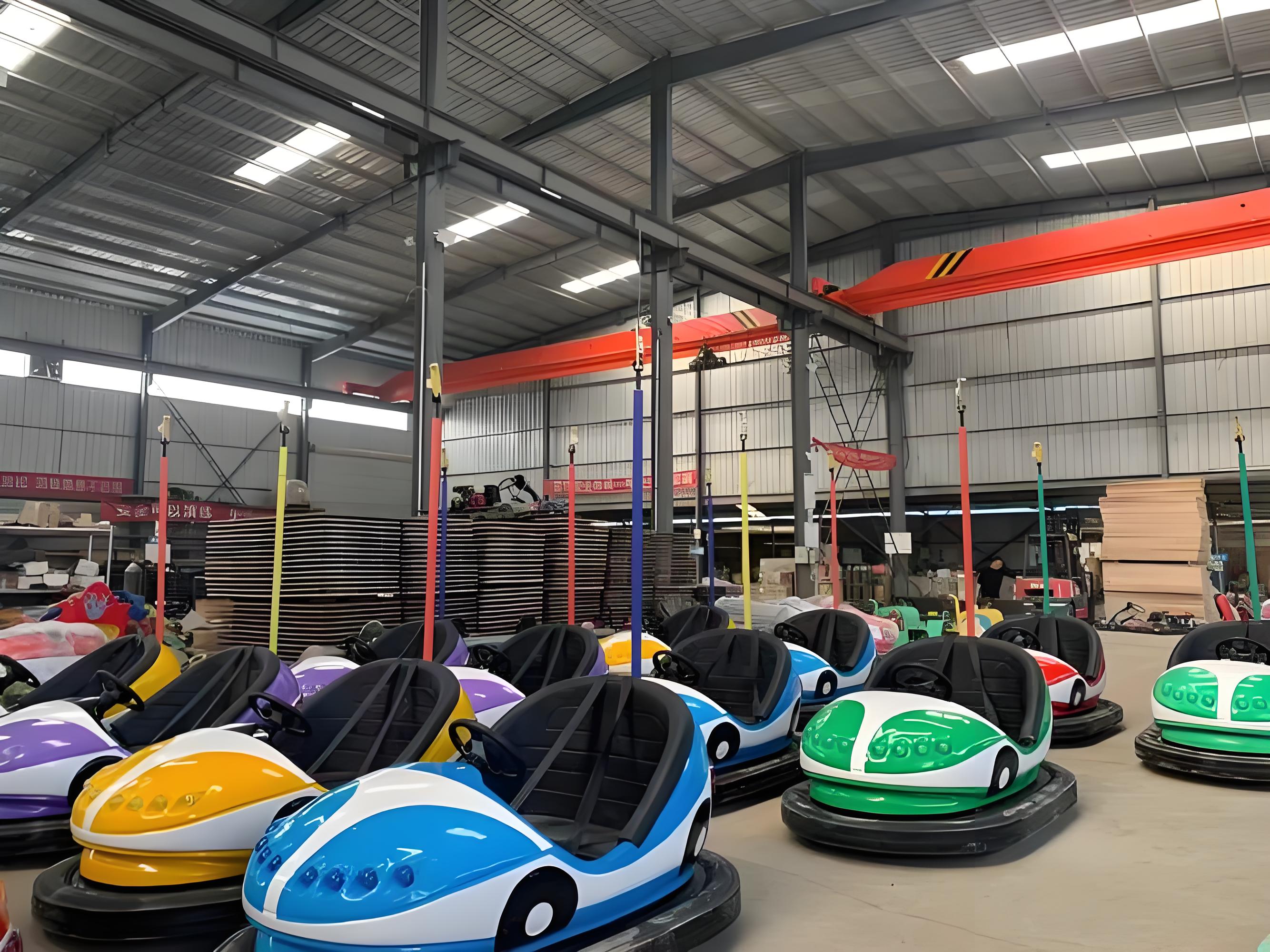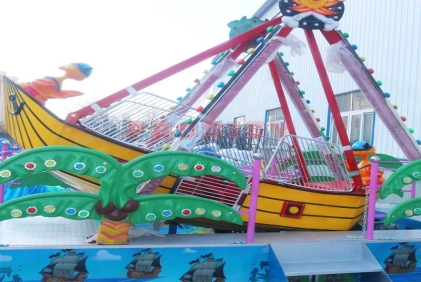







Children's indoor bumper car exciting and fun classic recreation project
| PRODUCT PARAMETERS | |
| Height: | Can be customized |
| Land occupation: | Can be customized |
| Number of people: | Can be customized |
| Power: | Can be customized |
| Power Supply: | 380V |
| Application scope: | Amusement park, theme park, playground, square, farm, scenic area, indoor, shopping mall |
In diverse ridesworldinside,Bumper carIt undoubtedly attracts global attention with its unique charm. Take the United States as an example, this tiny yellow car is designed with modern and eye-catching fashion elements, including retro-styled bodywork and flashing neon lights. It operates based on catapult technology, inserting a robot into the interior of the car and providing control, allowing passengers or drivers to collide at different angles, speeds and directions. According to statistics, a complete set of bumper cars that include seats, joysticks and vehicle bases usually cost between $15,000 and $30,000, depending on the differences in their components and brand.

Let's discuss the specific costs of buying a bumper car. Purchasing a complete set of large bumper cars may include the following key parts:
1. Hardwareequipment: Basic components such as seats, steering wheel, sliding platform, starter, etc., with a total price of about US$20,000.
2. Chassis: This is an important part of the body connected to the car, and the price is generally around $6,000.
3. Motor: This is a drive system that transfers power to the wheels, and the cost varies by brand and model, ranging from about $3,000 to $8,000.
4. Control System: This design is designed to improve the collision experience, including frequency adjustment, brake and acceleration control, and some configurations can be selected from $7,000 to $15,000.
5. Decoration and customization: Premium versions of bumper cars may be equipped with exclusive interior background music, icons or specific theme colors, and these extra elements may cost between $10,000 and $30,000.
6. Site rental fee: Some site operators will charge site rental fees for bumper car operators with professional equipment. This amount depends on the size of the site and the surrounding facilities, generally ranging from $5,000 to $10,000.
Buy a bumper carAmusement equipmentIt not only involves hardware investment, but also involves operating costs such as installation, maintenance and personnel training. Taking into account commercial operational needs, every bumper car operation company may need a dedicated design and marketing strategy to promote its own products and services, thereby increasing sales and market share.
Playing bumper cars at night will affect whether they can operate legally in the local area and what form of night operations (such as nightclubs, bars, parks, etc.) may vary due to differences in laws and regulations and cultural customs in different places. In many places like the United States, bumper car activities at night are usually allowed and a safe time limit is usually set to ensure the safety of the public. In other regions, such as some cities in the Middle East or Europe, there may be stricter regulations and regulations, such as limiting business hours and public places in certain time periods.
For children's playground equipment, common gaming equipment includes small mobile games (such as flying chess, swings, slides, etc.), as well as classic adult children's playground facilities such as carousels, roller coasters, mazes, etc. In many countries and regions, children's playground facilities are relatively small in scale, usually mainly for family play, with various activities suitable for different ages and hobbies. In larger children's playgrounds, you can refer to more adult entertainment facilities, such as concerts, performances, expansion training, etc., to meet the needs of tourists of all ages.
Purchasing and operating a high-quality, globally popular bumper car amusement equipment is a complex task, which requires consideration of both the cost and market positioning of the equipment, as well as cultural and regulatory factors. Understanding the different cultural and policy environments of each country and region in order to develop operational strategies that adapt to the local market is the key to the success of amusement equipment companies in global operations. Continuously paying attention to market dynamics and consumer feedback, ensuring that products and services can meet changing market demands is also the key to ensuring that companies are invincible in market competition.



















